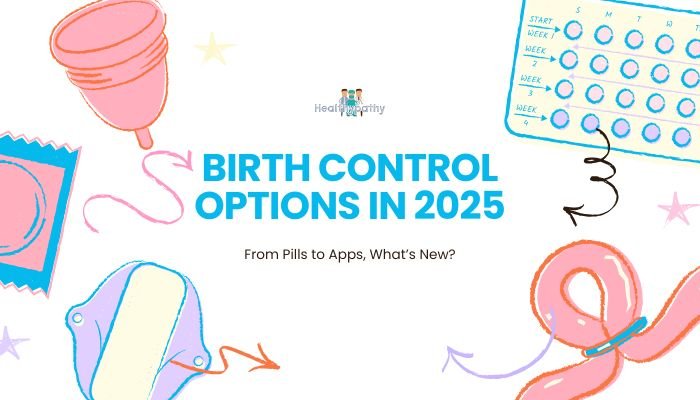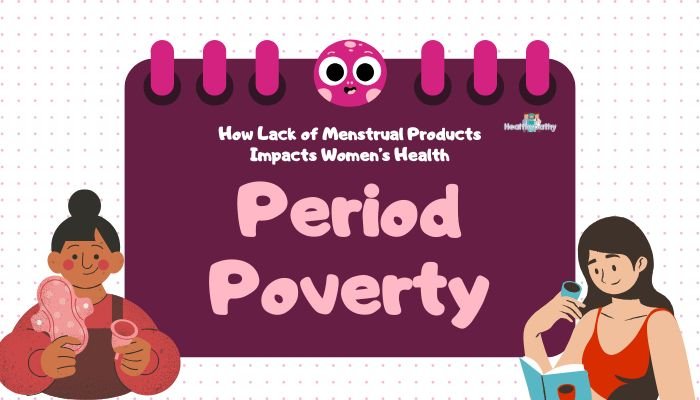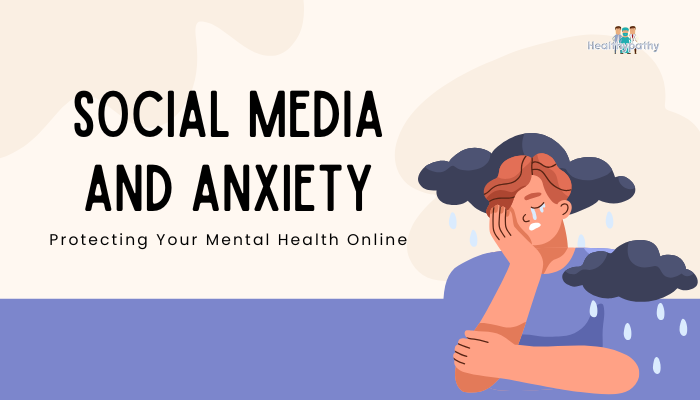Introduction
Birth control continues to evolve, offering more choices than ever before. Traditional methods such as the pill and intrauterine devices (IUDs) remain widely used, but newer options—from advanced hormonal deliveries to fertility-tracking apps—have emerged. Regardless of whether you’re looking to avoid pregnancy, manage menstrual symptoms, or plan for future fertility, it’s important to know today’s range of contraceptive tools.
This article will outline current birth control methods, focusing on recent advances. It explains how established hormonal options have been refined, introduces newer long-acting products, and explores the growing number of digital contraceptives.
By understanding the pros, cons, and typical use of each choice, you can make a more informed decision that fits your health goals and daily routine.
How Birth Control Works
Most birth control methods aim to prevent sperm from fertilizing an egg or to stop ovulation. Some forms can also affect cervical mucus or uterine lining, reducing the chance of embryo implantation. Generally, contraceptives fall into a few broad categories:
- Hormonal Methods: Pills, patches, rings, injectables, and implants.
- Intrauterine Devices (IUDs): Copper or hormone-releasing T-shaped devices placed in the uterus.
- Barrier Methods: Condoms, diaphragms, or cervical caps blocking sperm from entering the uterus.
- Fertility Awareness and Apps: Tracking ovulation patterns to avoid unprotected intercourse on fertile days.
- Permanent Methods: Sterilization options (tubal ligation or vasectomy).
Advances in each category reflect improvements in safety profiles, user convenience, or digital integration.
Pill Formulations and Oral Contraceptives
Updated Low-Dose Pills
Newer generations of combined oral contraceptives (COCs) feature lower estrogen doses than older versions, which may reduce side effects like bloating or headaches. Modern formulations often contain:
- Low-dose Ethinyl Estradiol (10–20 µg): Minimizes risks tied to higher estrogen levels.
- Progestin Variants: Certain progestins (e.g., drospirenone, norethindrone) can address acne or improve cycle control.
While low-dose pills are generally well-tolerated, consistent daily intake is crucial to maintain effectiveness. They can still carry risks like blood clots, particularly for smokers over 35 or individuals with a personal or family history of clotting disorders.
Extended-Cycle and Continuous Pills
Extended-cycle regimens allow fewer menstrual bleeds per year, while continuous regimens aim for no scheduled bleeding. These options might suit those with heavy or painful menstruation, though some notice more breakthrough spotting. Such schemes can lighten monthly symptoms or help manage endometriosis.
Personalized Pill Packs
Some pharmacies or digital health services now let you customize prescriptions according to cycle needs. They may also automate refills or package daily doses with a personalized label, supporting easier adherence.
Innovations in Long-Acting Birth Control
Intrauterine Devices (IUDs)
IUDs remain a favorite for their low maintenance and high effectiveness. Modern updates:
- Extended Lifespans: Newer hormone-releasing IUDs can last six or seven years, thanks to improved designs that release progestin consistently.
- Smaller Devices: Some lines produce IUDs with narrower insertion tubes for women who have not given birth. This can reduce initial insertion discomfort.
- Custom Hormone Dosage: Some IUDs vary progestin release rate to lessen side effects like mood swings or breast tenderness.
Implants
A matchstick-sized rod placed in the upper arm, progestin implants offer up to five years of protection. Current versions:
- Improved Insertion and Removal Kits: Minimal scarring and fewer side effects have been reported.
- More Stable Hormone Release: Reduces irregular bleeding patterns that deter some users.
Injectable Contraceptives
Typically given every 8 to 13 weeks depending on the brand, injectables (like Depo-Provera) use a progestin hormone. Recent updates focus on self-administered injections, allowing women to receive their dose at home rather than scheduling a clinic visit. Key points:
- Self-Injection Devices: Often come with a user-friendly pen or prefilled syringe.
- Lower Dose Options: Some newer formulations aim for fewer side effects while maintaining efficacy.
Contraceptive Patches and Vaginal Rings
New Patch Designs
The weekly contraceptive patch delivers estrogen and progestin through the skin. Advances include:
- Skin-Friendly Adhesives: Reduce irritation, even in humid or active lifestyles.
- Lower Estrogen Formulations: Minimizing side effects while keeping consistent hormone levels.
- Varied Color Tones: Some manufacturers now offer discrete patch colors.
Next-Generation Vaginal Rings
Flexible rings inserted monthly (or used in extended cycles) release a steady dose of hormones. Recent developments:
- Reusable Rings: Some can be used for 13 cycles with monthly removal, cutting down on waste and cost.
- Adjustable Wear Schedules: Extended-wear programs skip withdrawal bleeding for months at a time.
Barrier Methods: Condoms, Diaphragms, and More
Improved Condom Materials
Latex remains popular, but some prefer latex-free condoms made from polyisoprene or polyurethane to reduce allergies or odor concerns. Tech enhancements:
- Ultra-Thin and Strong: Balances sensation with durability.
- Novel Coatings: Some contain spermicides or lubricants that heighten comfort, reduce friction, or adjust pH for better protection.
Smart Male Condoms
Still in niche or prototype phases, these condoms contain micro-sensors that gather data about intercourse—like speed, duration, or frequency. While not mainstream, they represent how digital health is merging with barrier contraception.
Diaphragms and Cervical Caps
Though less common, diaphragms still appeal to those wanting non-hormonal, female-controlled contraception. Innovations center on:
- Custom Fit via 3D Scanning: Emerging technology to create better-fitting devices, potentially more effective than one-size or limited-size models.
- Antimicrobial or pH-Balancing Gels: Some inserts combine a gel or foam to raise barrier effectiveness.
Fertility Tracking and Contraceptive Apps
Rise of Digital Contraception
Smartphone apps that track fertility signals—like basal body temperature (BBT), cervical mucus, or hormone levels—have gained FDA clearance in certain cases. By pinpointing “fertile windows,” users avoid unprotected sex during peak fertility or use backup contraception. Key features:
- Wearable Integration: Sync data from wearable sensors that monitor temperature or heart rate overnight.
- Machine Learning Algorithms: Evaluate multiple months of cycle data to refine future predictions.
- Reminders and Alerts: Provide daily or cycle-phase notifications to enhance consistency.
Limitations and Accuracy
While some are FDA-approved, fertility apps rely on precise data input and consistent biological signals. Stress, illness, or irregular cycles can skew predictions. They generally suit those comfortable with fertility awareness methods, acknowledging that typical use can yield higher failure rates than with LARC (long-acting reversible contraception).
Non-Hormonal Approaches
Copper IUD
The hormone-free copper IUD triggers an inflammatory response toxic to sperm. It can last up to 10–12 years. Though effective (over 99%), heavier periods or more cramps might occur in the first few months.
Barrier + Spermicide Combinations
Condoms, diaphragms, or sponges can pair with a spermicide agent (like nonoxynol-9) for added pregnancy prevention. Newer spermicides sometimes use alternative active ingredients with lower risk of tissue irritation. Still, these methods often yield lower efficacy than hormonal or IUD options unless used consistently and correctly.
Sterilization
Permanent methods remain an option for individuals sure they no longer want children:
- Tubal Ligation (Women): Blocks or seals the fallopian tubes.
- Vasectomy (Men): Cuts or seals the vas deferens to prevent sperm from mixing with ejaculate.
Contemporary laparoscopic techniques or minimally invasive vasectomy approaches reduce recovery times. Reversal procedures do exist but aren’t guaranteed.
Choosing the Right Method
Factors to Consider
Selecting birth control isn’t one-size-fits-all. Key points include:
- Health Profile: Age, smoking status, chronic conditions, or risk factors for blood clots.
- Lifestyle and Preferences: Daily pills or weekly patches might be easy for some, while others prefer long-term, low-maintenance IUDs or implants.
- Desired Side Effects: Some methods can lighten periods, clear acne, or reduce PMS, while others may worsen cramps or cause spotting.
- Future Fertility Plans: People wanting a quick return to fertility often choose short-acting methods or easily reversed options like a ring or patch.
- Effectiveness and Adherence: If reliable daily pill-taking is unrealistic, a method requiring minimal user action may be safer (like an implant or IUD).
Discussions with Healthcare Providers
Working with a gynecologist or primary care provider helps navigate personal risk factors (e.g., migraines with aura, high blood pressure). They can:
- Review Medical History: Identify any contraindications to estrogen or progesterone.
- Explain Proper Use: E.g., how to insert the ring, patch rotation schedules, or IUD insertion steps.
- Monitor Side Effects: Adjust or change prescriptions if negative outcomes arise..
Cost, Access, and Insurance
Insurance Coverage
Depending on the region, many insurance plans cover basic contraception, especially if mandated by healthcare laws. High-end solutions (such as brand-name patches or advanced apps with subscription fees) might cost more out-of-pocket.
Telemedicine and Online Pharmacies
A growing number of telehealth providers offer birth control prescriptions without in-person visits. Patients may complete health questionnaires, consult a professional via video, and have prescriptions shipped directly, increasing convenience. However, some methods (e.g., IUD insertion) still require clinical procedures.
Affordability Programs
Nonprofits or clinics with sliding-scale fees (like Planned Parenthood) ensure that finances aren’t a barrier to accessing reliable contraception. Student health centers and certain community organizations also provide discounted or free contraceptives for low-income individuals.
Potential Side Effects and Safety
Hormonal Side Effects
Both combined and progestin-only methods can prompt changes in mood, appetite, or libido. Spotting, breast tenderness, or mild headaches are common initially. Usually, side effects subside within 2–3 months as the body adjusts.
Blood Clot Risks
Estrogen-containing methods (e.g., combined pills, patch, ring) carry a small but notable risk of clots. Smokers over 35 or those with clotting disorders are often advised to avoid them. Modern low-dose formulations reduce but don’t eliminate that risk.
Device-Related Issues
IUD insertion can be uncomfortable, and there’s a slight risk of uterine perforation. Implant insertion can cause bruising or require minor procedures for removal. Knowing these rare complications helps users weigh pros and cons.
Condoms and STI Protection
Hormonal or LARC methods don’t block sexually transmitted infections (STIs). Condoms (male or female) remain the only birth control method that also protects against most STIs. Dual method usage—e.g., an IUD plus condoms—provides comprehensive coverage of pregnancy and infection risk.
Emerging Research and Future Directions
Male Contraceptive Advances
Researchers are investigating male hormonal pills or topical gels that lower sperm production. Though trials show promise, no commercial product is widely available yet. Non-hormonal vas-occlusive methods (using a gel injection to block sperm flow) are also under clinical review.
Novel Delivery Systems
Microneedle patches, vaginal rings releasing multiple hormones, or monthly injections all represent ways to refine user convenience. Some aim for extended release over a year or more, decreasing clinic visits.
Combined Contraception-Health Apps
Startups integrate sexual health data with period tracking, mental well-being logs, and medication reminders in a single app. These “one-stop” solutions might eventually integrate with telehealth prescribing, adding real-time monitoring of side effects or cycle changes.
Conclusion
Contraceptive choices have significantly expanded by 2025, offering flexible, personalized options suited to different needs. From updated low-dose pills and improved long-acting devices to digital fertility apps, technology and medical research continue to reshape reproductive health. Factors like personal health profile, lifestyle, and future fertility goals play key roles in choosing a method.
Staying informed about new or alternative birth control helps you communicate more effectively with healthcare professionals, ensuring a safer and more satisfying contraceptive experience. Whether you’re drawn to the simplicity of an IUD, the daily habit of a pill, or the convenience of a smartphone app, the goal remains the same: reliable, comfortable birth control that supports your broader well-being.
References
- American College of Obstetricians and Gynecologists. Practice Bulletin No. 206: Use of hormonal contraception in women with coexisting medical conditions. Obstet Gynecol. 2019;133(2):e128–e150.
- National Health Service (NHS). Contraception guide: Combined pill, patch, ring, and more. (Accessed Apr 2025).
- United Nations. Contraceptive use by method 2021. (Accessed Apr 2025).
- WHO. Hormonal contraception for women at high risk of HIV and living with HIV: guidance statement. 2022.
- US Food and Drug Administration (FDA). Mobile Medical Apps: FDA Regulation. (Accessed Mar 2025).
- Mansour D, Inki P, Gemzell-Danielsson K. Efficacy of contraceptive methods: a review of the literature. Eur J Contracept Reprod Health Care. 2010;15(1):4–16.
- Kaunitz AM. Update on long-acting reversible contraception (LARC). J Fam Pract. 2021;70(7):313–320.
- Bui HN, Wenger NK. Hormonal contraception in women of older reproductive age. J Womens Health (Larchmt). 2022;31(2):161–169.
- Ti A, Roe AH, Whitehouse K. Digital fertility awareness: a scoping review of contraceptive apps. Contraception. 2023;X(2):e144.
- Grandi G, Farulla A, Sileo FG, et al. The role of non-estrogenic combined oral contraceptives in controlling cycle-related symptoms: drospirenone 4 mg as an example. Eur J Contracept Reprod Health Care. 2024;29(1):66–74.
- CDC. US MEC for contraceptive use, 2022. (Accessed Jan 2025).
- Diamond H. The future of male contraception. Contraception. 2025;112(5):371–380.







